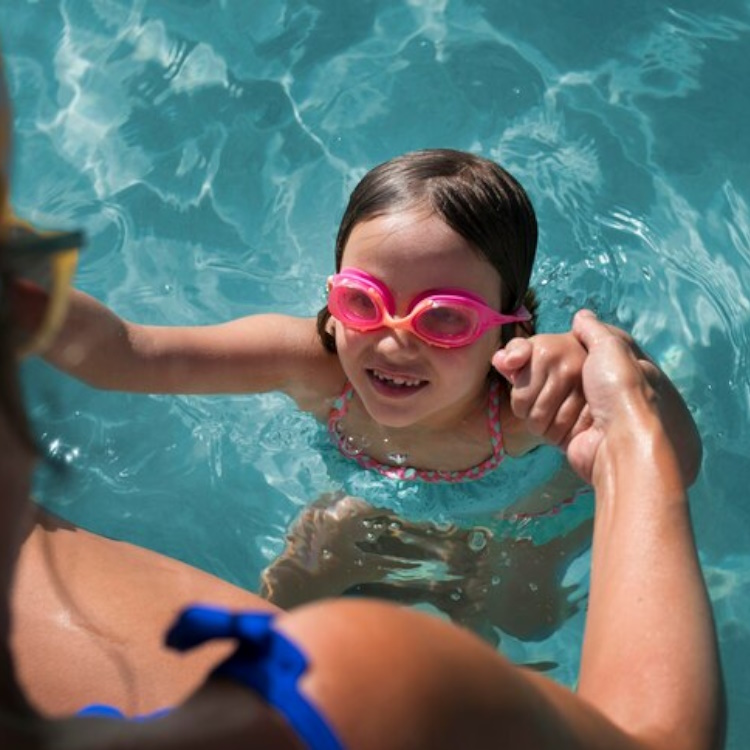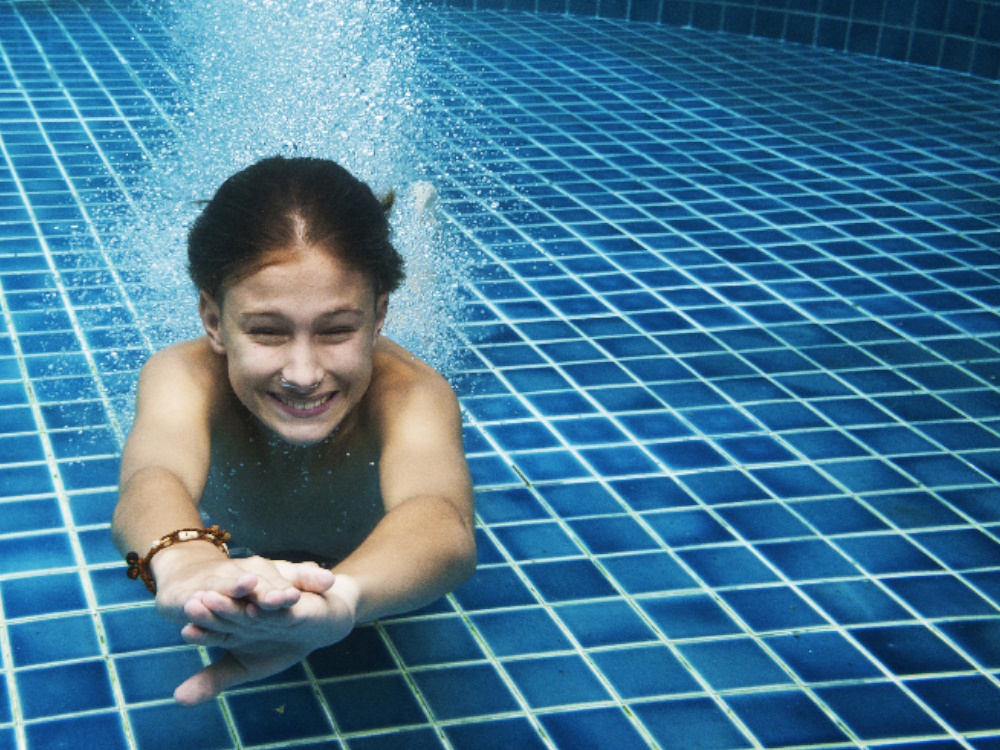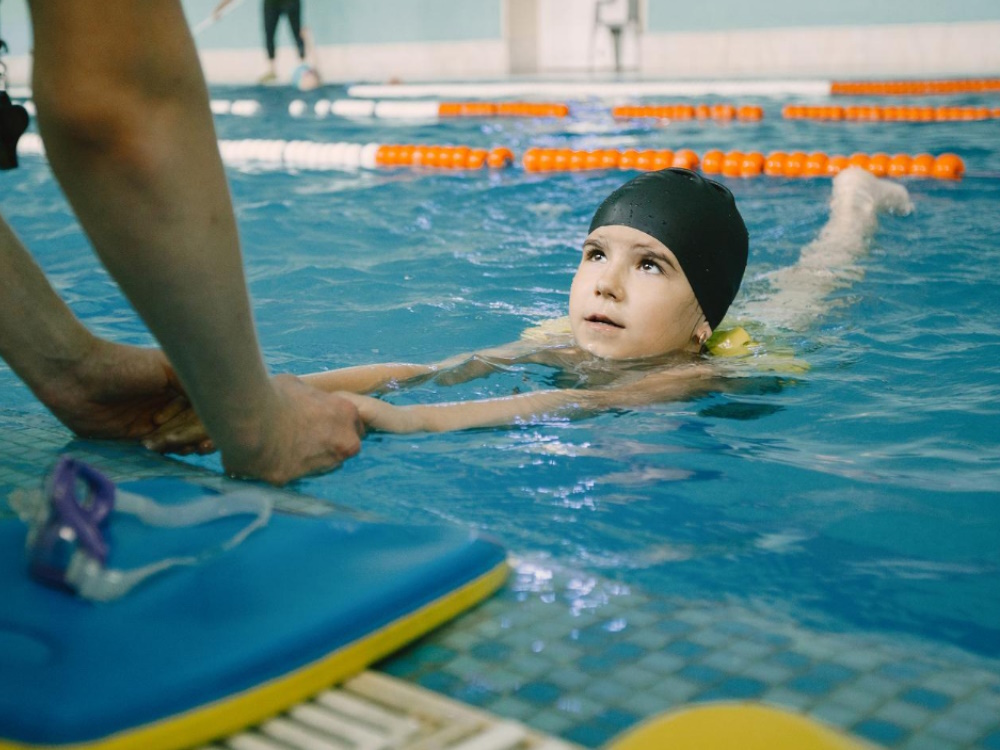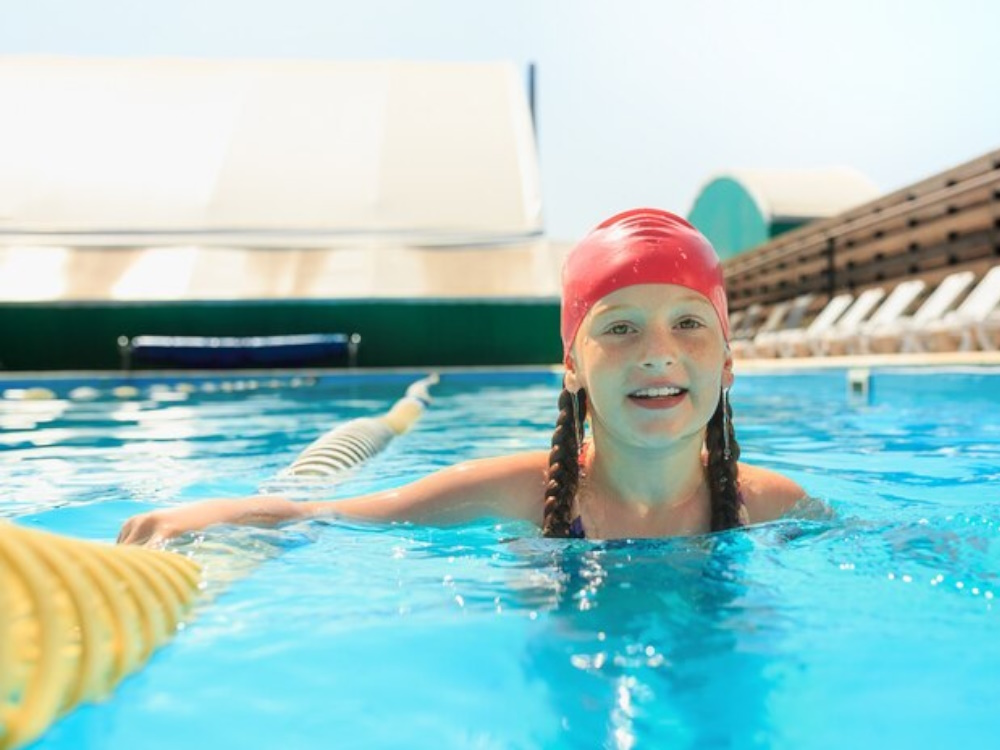Swim Lessons 101: A Family Guide
This article helps parents introduce and practice fundamental swim techniques with their children outside of formal swim lessons.

Swimming is more than an essential life skill. It’s a gateway to confidence, physical health, and new environments. Getting involved in your child’s swim education can accelerate their learning. This article helps parents introduce and practice fundamental swim techniques with their children outside of formal swim lessons.
1. Creating a Positive Water Experience
Ensure that your child’s interaction with water is positive and stress-free. Start with easy activities in shallow water. Focus on play to build comfort and confidence. Encourage your child to splash, blow bubbles, and play games to help them associate water with fun and minimize fear.
2. Safety as a Priority
Always prioritize safety. Never leave your child unattended in or near water, no matter how well they can swim. Give them floatation devices if needed. But make sure they practice without them under your supervision to develop real swimming skills.
3. Breathe Control and Submersion
Breathe control is the foundation of swimming. Start by encouraging your child to blow bubbles in the water. Have them practice holding their breath while their face is under water. They should start for a few seconds, and then increase over time. Games, like retrieving objects from the bottom of the pool, can make this practice fun.
4. Floating and Gliding
5. Kicking Techniques
Introduce your child to the concept of kicking by practicing flutter kicks, while holding onto the side of the pool. While gripping the wall, have them kick with straight legs and pointed toes, generating small splashes. This can also be done with a kickboard as they become more proficient.
6. Arm Strokes
Begin with simple arm movements like the dog paddle. Then progress to more advanced strokes. Encourage your child to practice “scooping” the water. They should focus on using their whole arm from hand to elbow for propulsion.
7. Incorporating Swim Strokes
As your child gains confidence and skill, teach them the freestyle. Break the stroke into parts. Practice arm movements and leg kicks separately. Then combine them. Do a visual demonstration. Practice alongside them to show proper technique.
8. Practice and Patience
Remember, learning to swim is a process that requires patience and practice. Celebrate progress and encourage persistence at every opportunity. Regular, short practice sessions can be most effective and enjoyable.
9. Seeking Professional Guidance
While practicing at home, it’s beneficial to complement your efforts with professional swim lessons. A certified swim instructor can provide structured training and identify areas for improvement. This will ensure your child develops correct and safe swimming techniques.
Conclusion
Teaching your child introductory swim techniques outside of class can be a rewarding way to support their swimming journey. Focus on safety, comfort, and fun. You will help your child develop a lifelong love for swimming. The goal is not just to teach swimming. It’s to instill confidence and a sense of achievement in your young swimmer.
Our Story
Relevant Articles & Blog Posts
Find expert insights, useful tips, and engaging stories to enhance your swimming journey. Read on and immerse yourself in a sea of valuable information!



